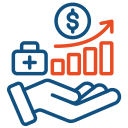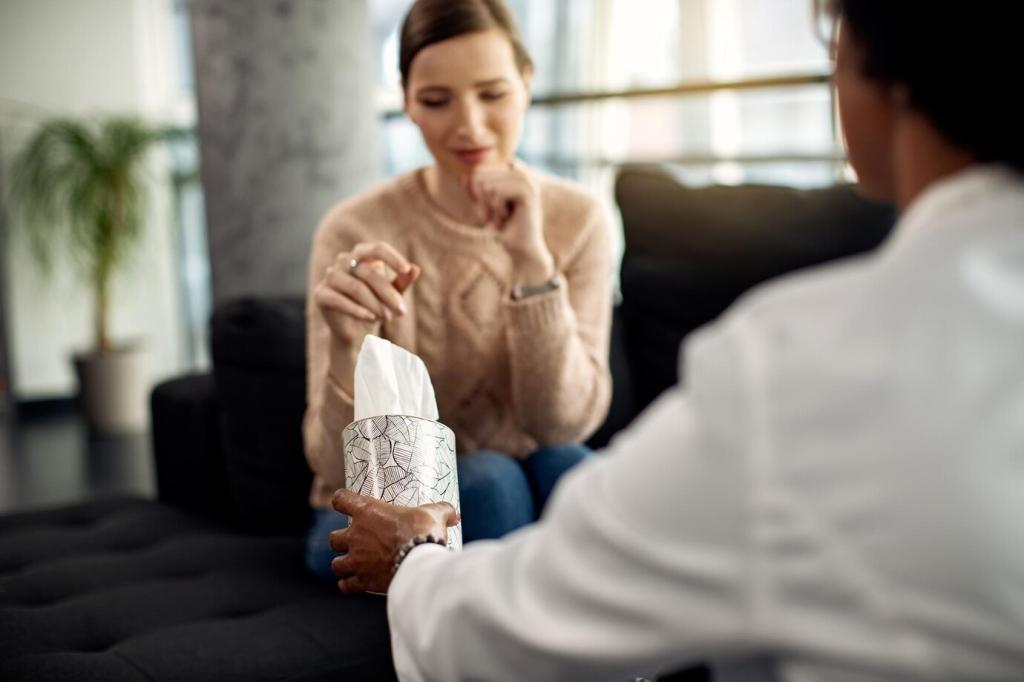
Where Creativity Meets Emotional Wellbeing
Chosen theme: Exploring the Connection Between Creativity and Emotional Wellbeing. Welcome to a warm corner of the internet where making, imagining, and expressing become everyday tools for steadier moods, clearer minds, and kinder self-talk. Settle in, bring your curiosity, and share your reflections as we create and feel, together.
The Science of Creative Healing
Dopamine, Flow, and Mood
When we enter a creative flow—losing track of time while painting or writing—the brain often releases dopamine, a neurotransmitter linked to motivation and reward. That gentle lift can buffer stress, encourage continued effort, and build momentum toward healthier emotional habits. Tell us how flow shows up in your day.
The Default Mode Network and Reflection
Quiet, repetitive creative tasks like knitting or shading can ease rumination by gently engaging attention while allowing reflective thought. This balanced state helps the brain process experiences without spiraling. Try a ten-minute mindful doodle, then share whether your thoughts felt softer, clearer, or more spacious afterward.
Behavioral Activation Through Making
In therapy, small purposeful activities often restore energy and meaning. Creative acts count: a postcard collage, a rhythm tapped on a table, a haiku in the notes app. Each action nudges mood upward through accomplishment and connection. Bookmark this idea and tell us the tiniest creative step you’ll take today.
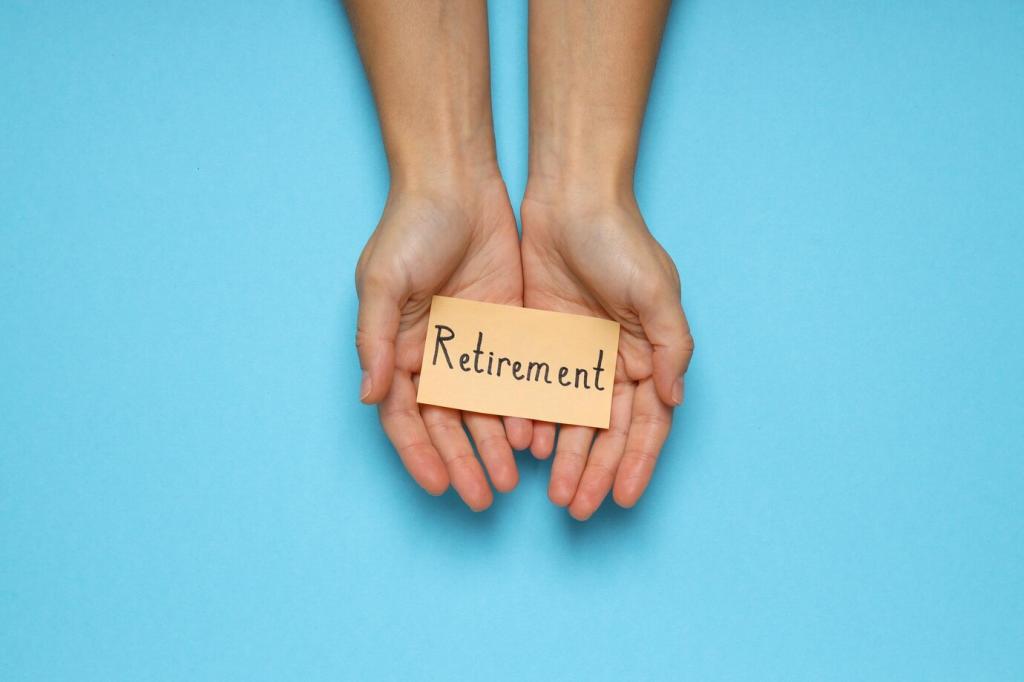
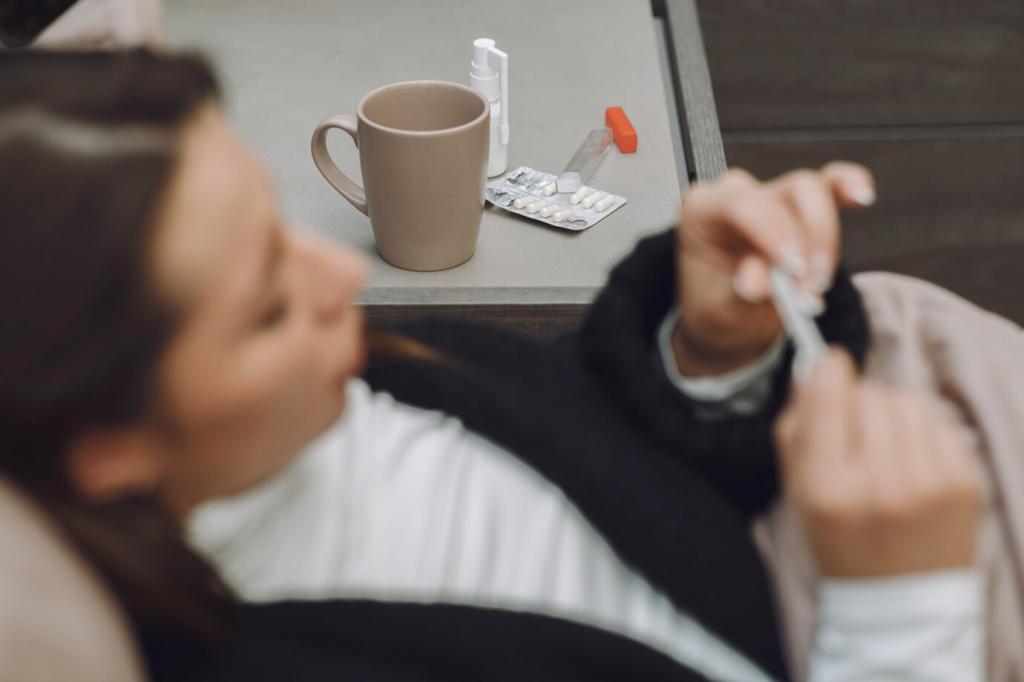
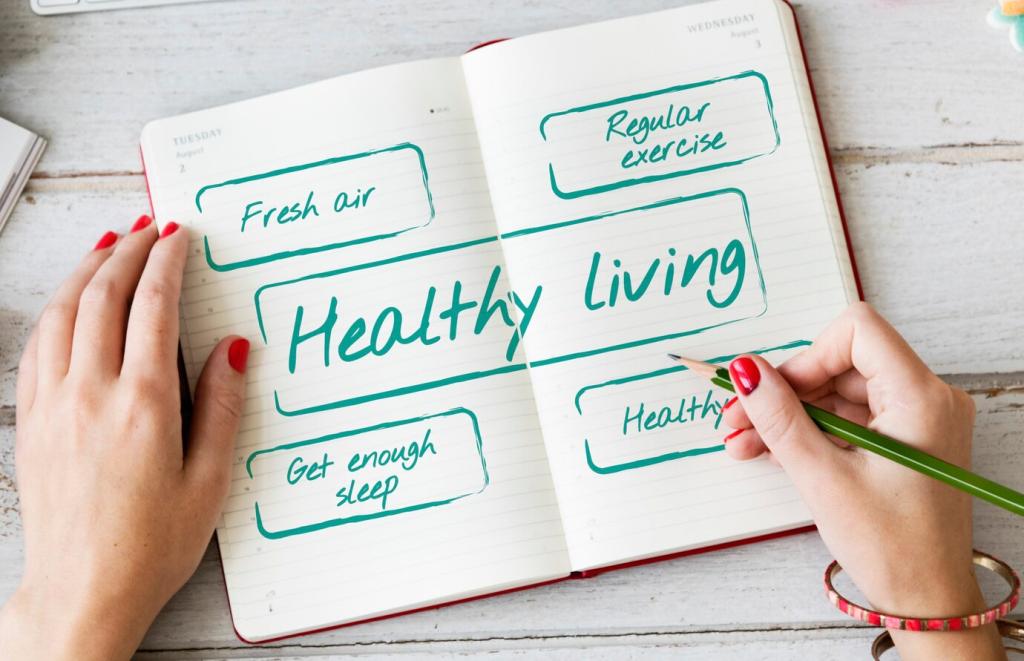
Micro-Creative Rituals You Can Start Today
01
Draw three colored shapes to represent your mood, energy, and hope for the day. Label each with a single word. This quick scan builds emotional vocabulary and self-trust without demanding perfection. Snap a photo, date it, and watch patterns emerge. Share your color trio in the comments to inspire others.
02
Open your phone, record thirty seconds describing the sky like a poem. No rules, just imagery and breath. Re-listen at night and notice what changed. This practice gently trains attention toward beauty. If you try it, post your favorite line and we’ll feature a few in next week’s roundup.
03
Walk one block and photograph five textures: peeling paint, moss, brick, fabric, shadow. Name each texture aloud. Sensory focus grounds the nervous system and interrupts spirals. Make a small grid of the images and write one sentence about your day beneath it. Tag us when you share your grid publicly.
Navigating Blocks With Kindness
Instead of calling it writer’s block, try “idea fog” or “transition pause.” Softer names invite curiosity over criticism. Ask, “What would make this three percent easier?” Then try that small change. Report back on your renamed block and whether reframing shifted your mood or your willingness to take a step.
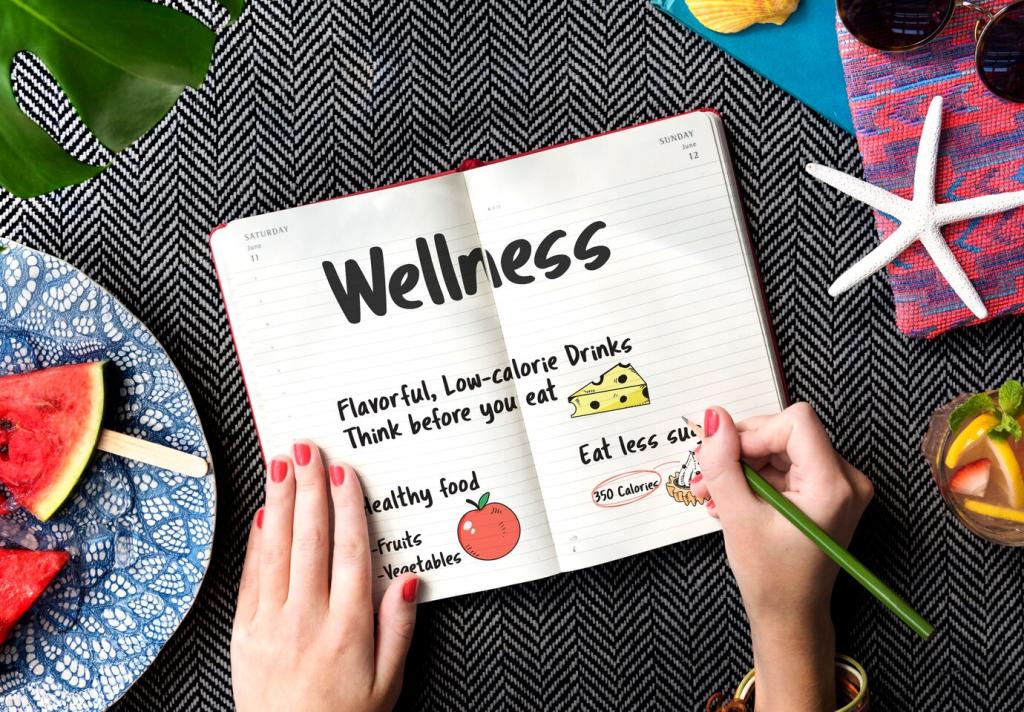
Designing a Supportive Creative Environment
A Table That Invites, Not Intimidates
Clear just a placemat-sized area and leave one tool visible: a pencil, a brush, or a glue stick. An inviting micro-zone lowers friction and welcomes quick sessions. Add a cup of tea for ritual. Comment with one small change you’ll try to make your table feel kinder to your creativity.
Lighting That Softens Edges
Harsh light can spike tension. Use a warm lamp or window light to soften your visual field, signaling safety to your nervous system. Creativity follows safety. Take a before-and-after photo of your lighting tweak and share any mood differences you noticed during your next ten-minute making session.
Toolkits in Reach
Place a pouch of essentials where you unwind: markers by the couch, clay near the balcony, a notebook by the bed. Tools within arm’s reach transform intention into action. Post your toolkit list below; we’ll compile community favorites into a downloadable guide for subscribers next month.
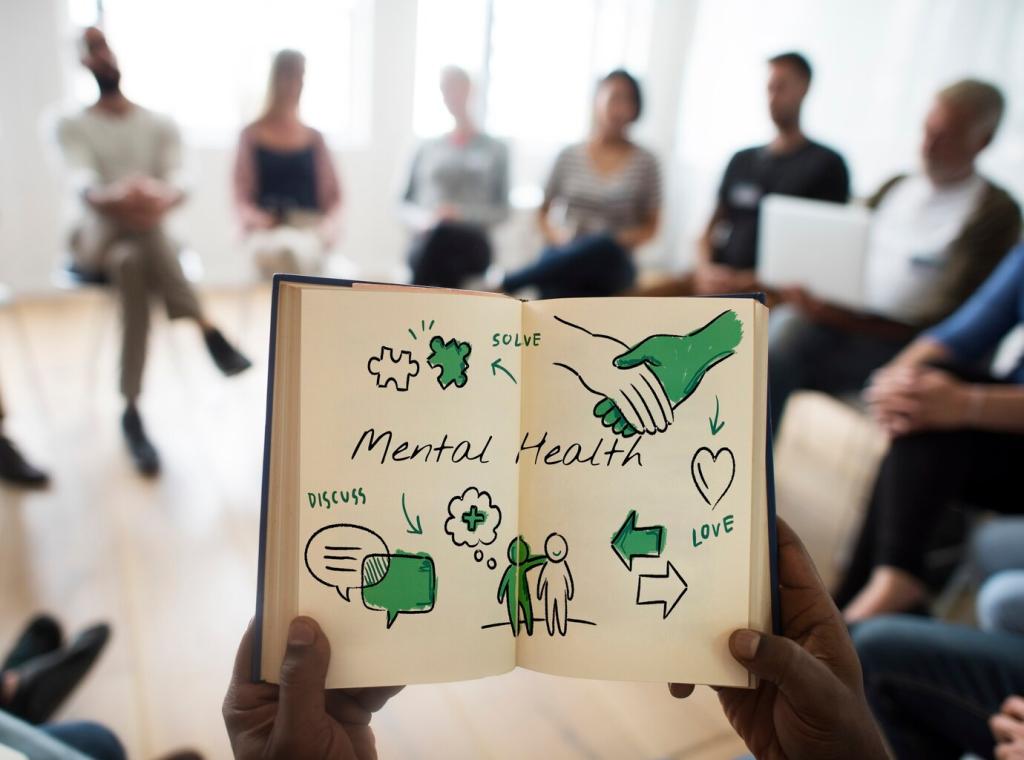
Mood + Making Log
Create two quick scales from one to five: mood and creative time. Jot both nightly with a one-sentence note about context. Over weeks, look for compassionate patterns, not judgments. Share a discovery—however small—that surprised you, and we’ll highlight anonymized insights to help others feel less alone.
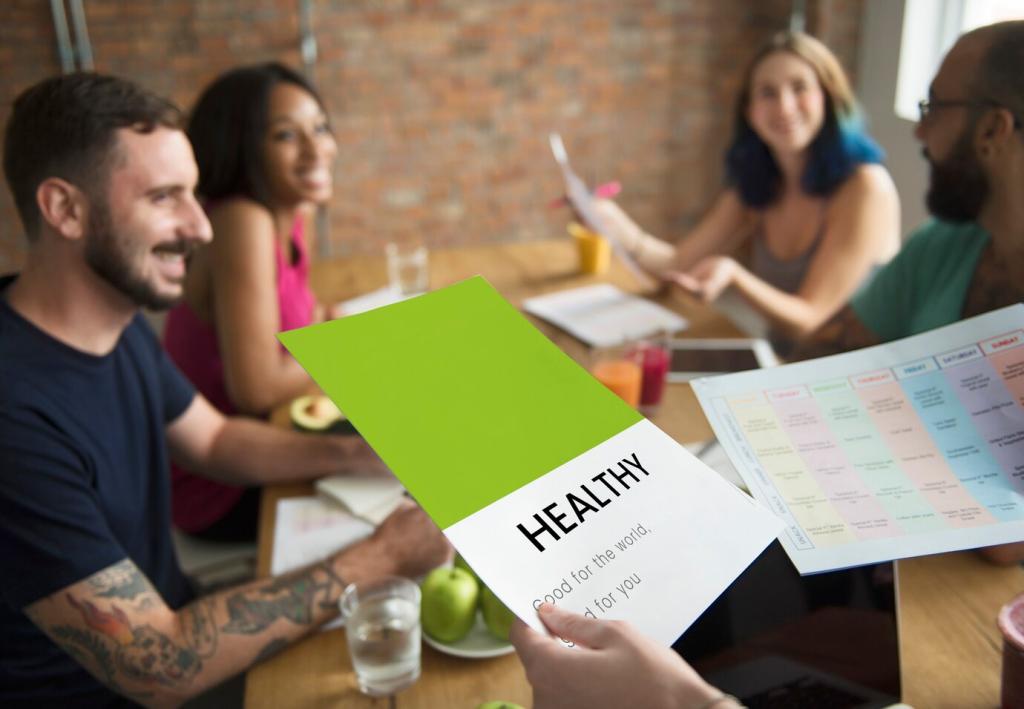
Weekly Reflection Questions
Ask three questions every Sunday: What did I make? What did I feel? What helped? Consistency builds a personal map between creativity and emotions. Keep answers brief to reduce pressure. Comment with your favorite question, or suggest an addition we can include in our next community reflection checklist.
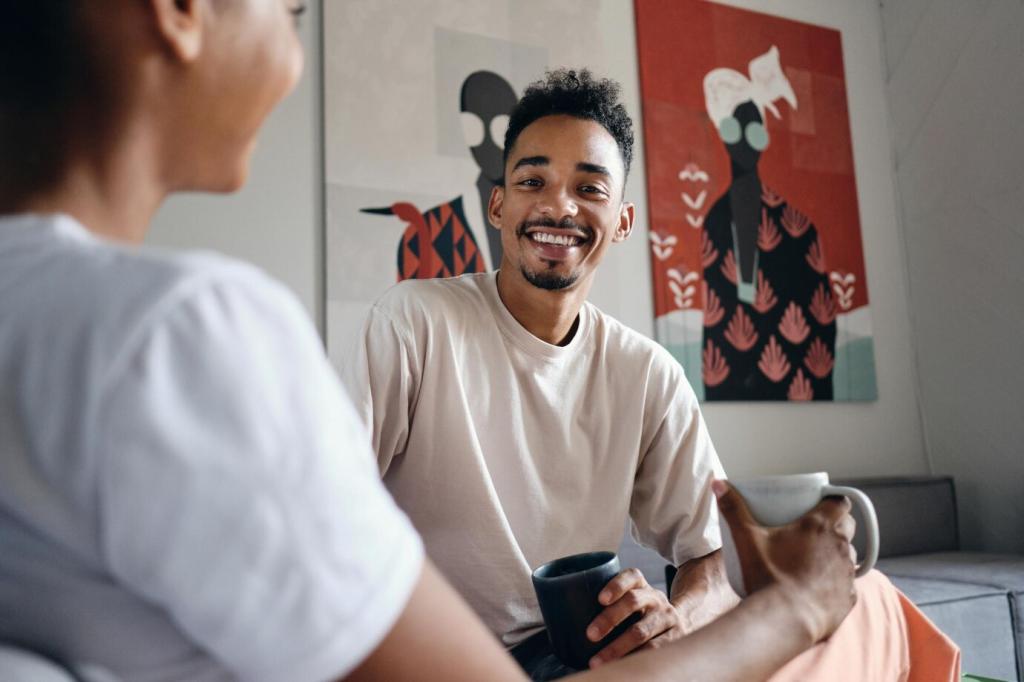
Celebrate Patterns, Not Perfection
Notice which practices reliably soften your day—morning colors, evening poems, lunchtime sketches. Celebrate the pattern itself with a small ritual, like a sticker or playlist. This positive reinforcement supports ongoing wellbeing. Tell us which pattern you’re committing to for seven days, and invite a friend to join you.
